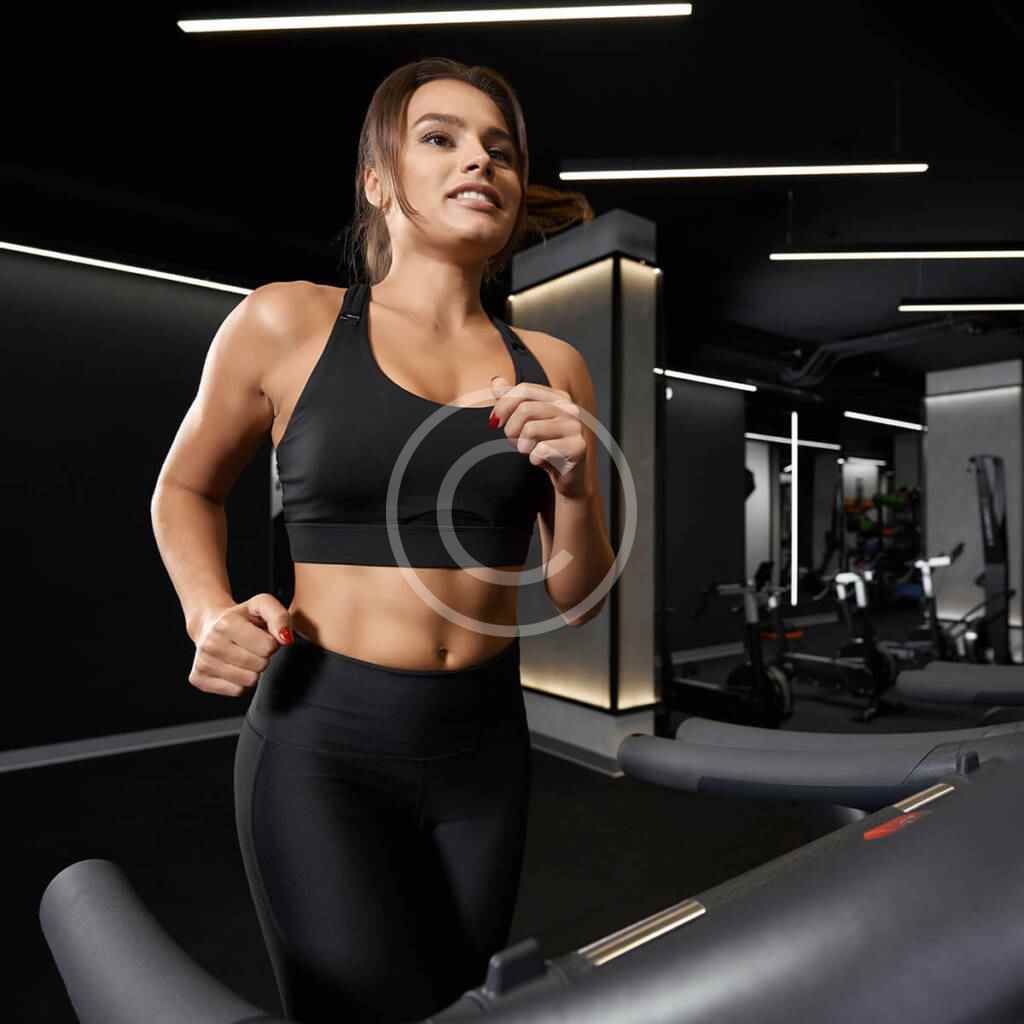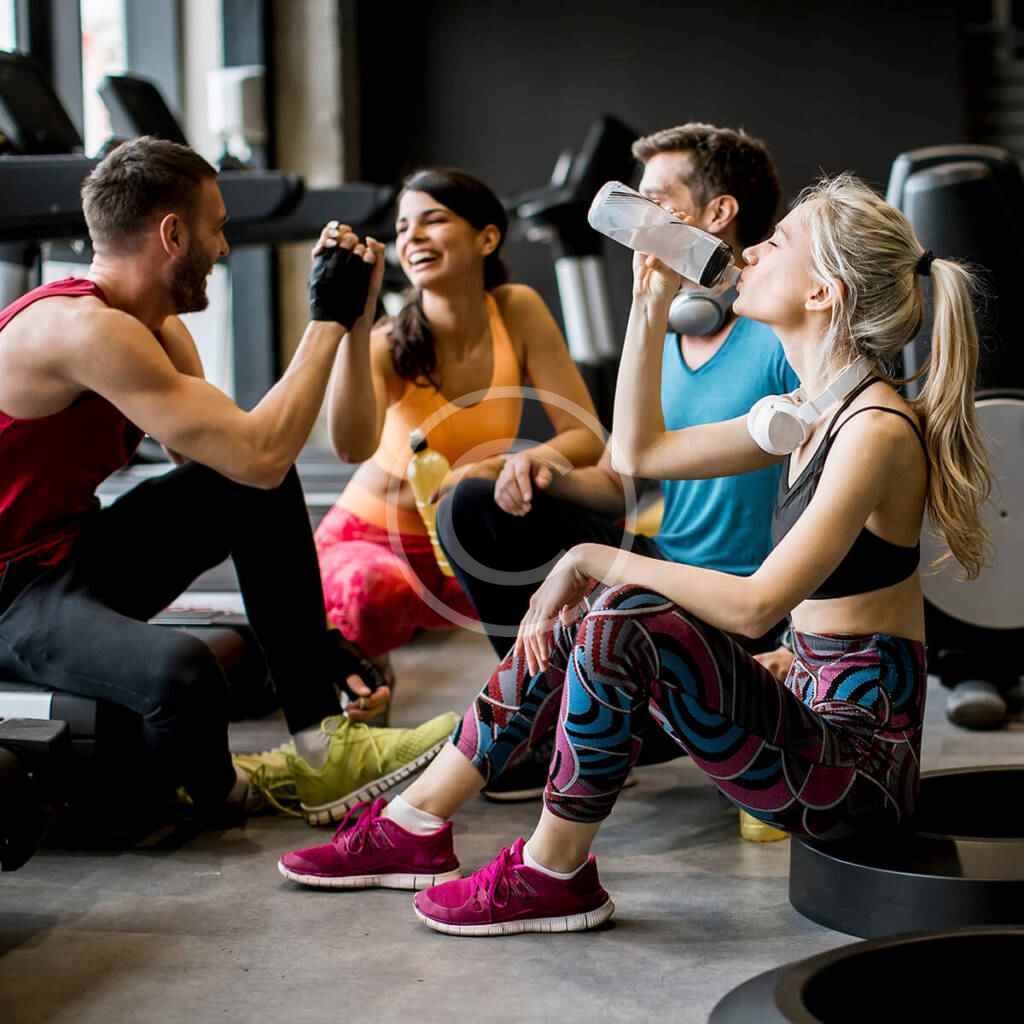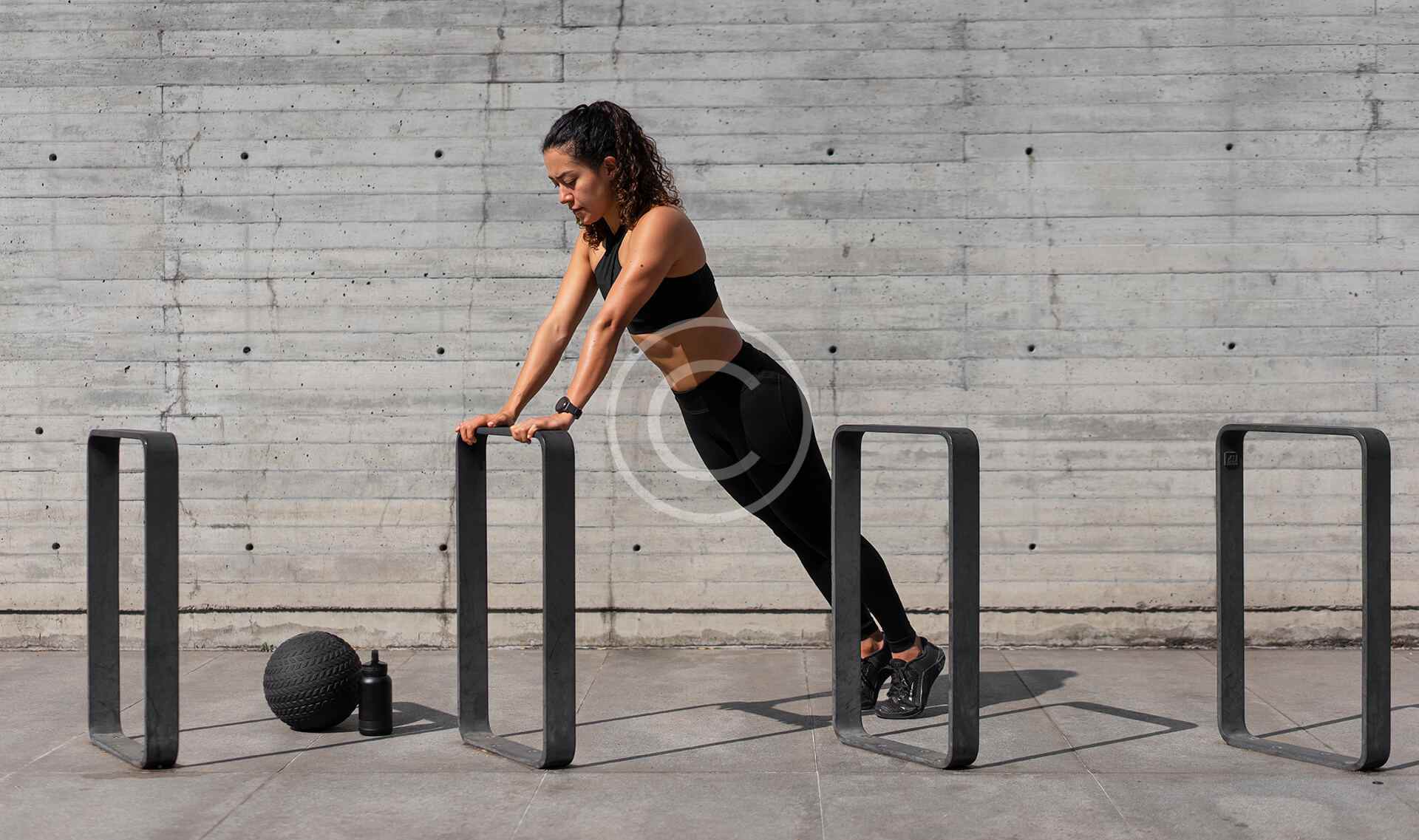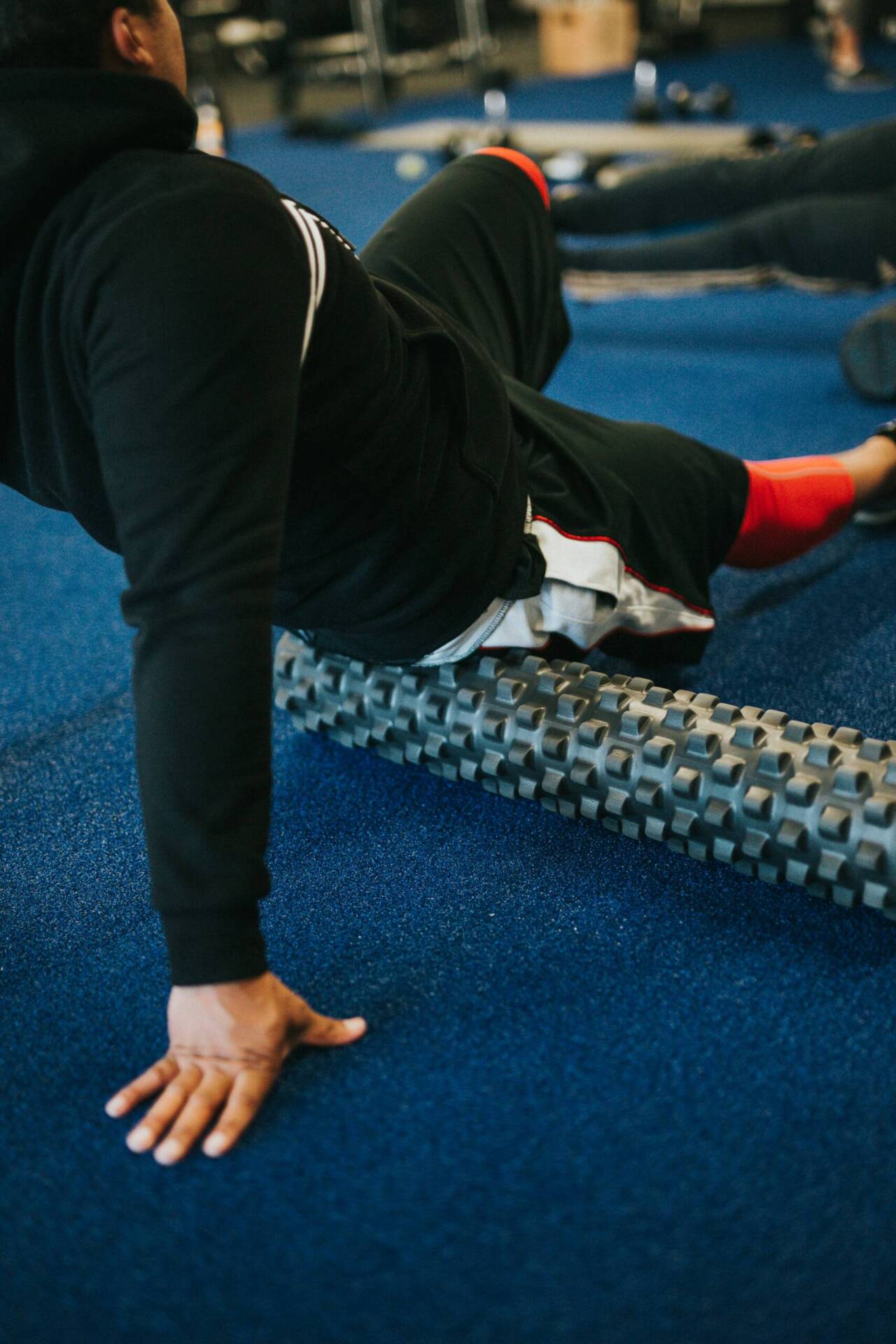Unlocking Recovery:
The Real Benefits of Sports Massage
Whether you’re training for your next marathon, lifting heavy at the gym, or just trying to keep your body in peak condition, one thing is clear: recovery matters. And when it comes to recovery, sports massage is one of the most powerful—and underutilized—tools available.
Dispel the idea of massage being a treat. Sports massage is an injury-reducing, performance-improving, muscle-nourishing treatment that has found its rightful place in professional and amateur sport.



What Is a Sports Massage?
Sports massage is a form of bodywork that is designed to enhance performance, reduce recovery time, and prevent or alleviate injuries. It borrows from Swedish massage, deep tissue work, trigger point therapy, and stretching to treat the specific muscle groups used in a particular sport or activity.
It’s not always relaxing—sports massage may be deeper, more intense, and specific to your training cycle or your areas of physical concern.
Major Advantages of Sports Massage
1. Faster Recovery
Training leads to micro-tearing of your muscles, making them sore and fatigued. Sports massage increases blood circulation, reduces inflammation, and drains metabolic waste—speeding up the healing process so that you can train harder, sooner.
2. Increased Flexibility and Range of Motion
Tense muscles can limit your range of motion and destroy your form. Sports massage lengthens soft tissues and breaks up adhesions, balancing your musculoskeletal system and improving your mobility.
3. Injury Prevention
Prevention is always better than cure. By identifying and addressing areas of tension or imbalance earlier rather than later, sports massage can help normalize movement patterns and reduce the risk of overuse injuries, strains, and tears.
4. Improved Performance
Looser, well-oxygenated muscles also work better. Sports massage allows your body to work at its best by reducing tension, improving joint mobility, and increasing neuromuscular responsiveness.
5. Pain Relief and Mental Clarity
Targeted massage can reduce muscle soreness, release trigger points, and lower chronic pain. The bonus? A clearer head, reduced cortisol levels, and improved concentration—especially pre-competition.

When Should You Get a Sports Massage?
Sports massage is not one-size-fits-all in nature—it is variable and strategic. Here’s how it is incorporated into your training:
Pre-Event Massage (24–48 hrs before): Stimulating and invigorating to warm muscles and prepare the nervous system.
Post-Event Massage (1–2 hrs after): Slow and recovery-focused, aimed at reducing soreness and improving circulation.
Maintenance Massage (weekly/bi-weekly): Helps manage chronic tension, catch problem spots early, and keep the body at its optimum.
Rehabilitation Massage: Used in combination with other treatments to rehabilitate injury and aid recovery under the guidance of a professional.
What to Expect from a Session
A sports massage is not a one-size-fits-all proposition. A trained therapist will:
Ask about your sport or activity level
Assess your posture, range of motion, and pain areas
Use a mix of compression, kneading, friction, and stretching techniques
Provide guidance on hydration, stretching, or corrective exercises
You might feel some discomfort during deep tissue work—but never more than you can breathe through. Breathe and talk to your therapist throughout the session.
Post-Massage Tips
Hydrate with water to flush toxins and rehydrate tissues
Rest and recover—don’t head to the gym after a deep session
Stretch gently if directed
Pay attention to how your body feels and where you still feel tight
Final Thoughts
Sports massage is more than a feel-good treat—it’s an essential part of a smart, sustainable training strategy. Whether you’re looking to level up your performance, recover faster, or stay injury-free, regular bodywork can make a serious difference.
So if you’ve been pushing your limits, don’t forget to give your body what it truly needs: a little pressure, a little care, and a lot of release.
